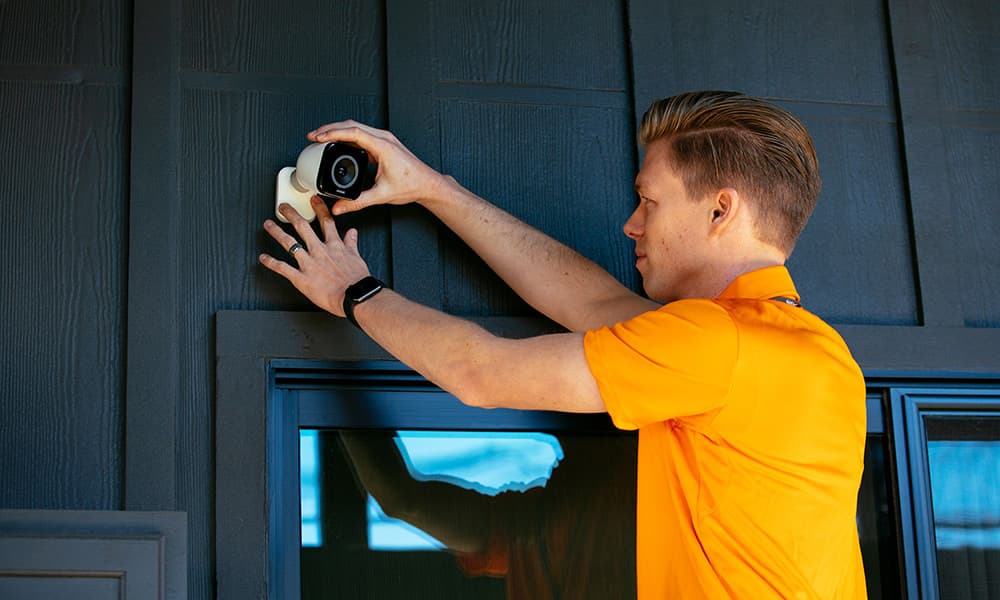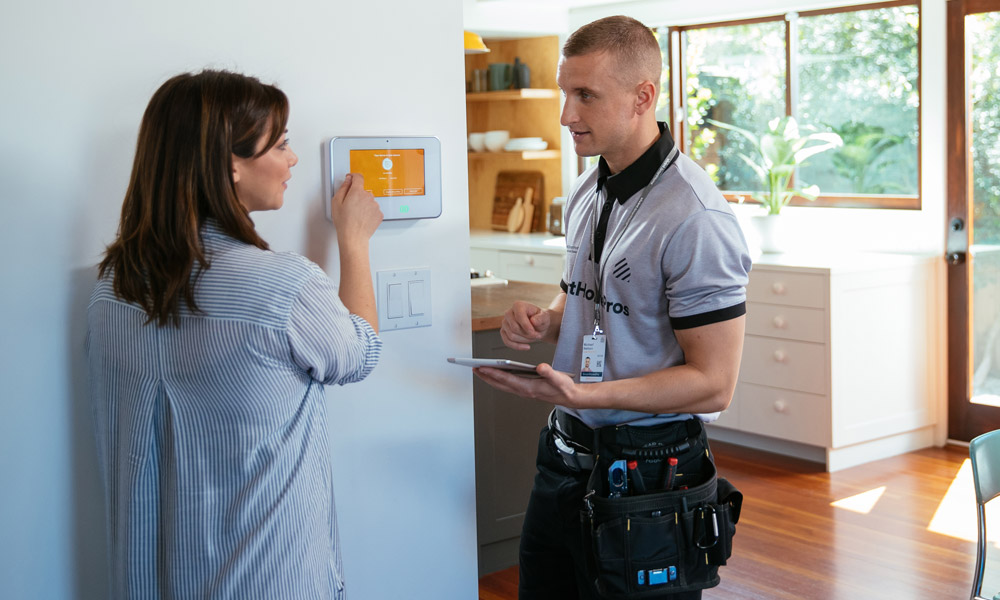How to Install a Home CCTV Camera
How to Install a Home CCTV Camera
A home cctv camera is a great way to keep an eye on what’s going on in your home.
It can also keep you safe from intruders by using a 105-decibel siren to scare away
unwanted visitors cctv camera. These devices also come in a variety of other forms, such as PTZ
cameras and Day/night cameras.

Installing a home cctv camera
If you’re looking to install a CCTV camera in your home, there are a few steps you
need to follow to make the installation go smoothly. The first step is to locate a stud
and secure the mounting bracket. You’ll also need to check for wiring and mark the
mounting holes. After the mounting bracket is securely mounted, it’s time to plug in
the camera. Some cameras come with a DVR and power adapter, so you may need
to run wiring from the camera to the DVR.
You should also record the IP address of your wireless security camera so that you
can access the feed from a remote location. You can do this by downloading an app
that offers step-by-step instructions. Lastly, you need to decide where to mount the
camera and what features it will have. In order to choose the best camera for your
home, you need to plan where to mount it and what features you want to see.
Wired vs wireless
There are some key differences between wired and wireless home cctv cameras.
Wired systems require more installation time and involve wiring the entire property,
including walls and ceilings. Wireless systems, however, do not require the same
setup time and are more convenient.
One major difference is in the quality of the video. Wireless systems have a lower
resolution than wired systems. And wireless systems are prone to being hacked.
Also, wireless systems have short-range wireless technologies that make them
vulnerable to signal dropouts. For a more secure setup, a wired security system is a
better choice.

Day/night cameras
Day/night cameras are cameras that function as regular color cameras during the
day. During the night, a sensor in the camera switches to night vision mode and
turns on the built-in infrared LEDs. Infrared LEDs produce pictures that appear black
and white or greenish in color. These cameras are able to take pictures in low light
and can detect when there is movement.
Day/night cameras are a good choice for surveillance at night. These cameras can
be used as a surveillance solution for homes and businesses. They are more flexible
than standard cameras, and can adjust for changing light conditions. Day/night
cameras may also come with an integrated optical and thermal camera for better
night vision. You can even get cameras with megapixel resolution.
PTZ cameras
If you want to monitor a large area, then a PTZ camera is the perfect solution. PTZ
cameras are capable of moving from zero to 360-degrees of pan and tilt. Many of
these cameras are digital, meaning that they can pan and tilt automatically. These
cameras also have motion-based auto tracking, which automatically follows objects
that move. However, it is important to note that this feature works best in quiet
areas where there is little movement.
The range of a PTZ camera depends on the model. When engineers are designing a
PTZ camera, they consider the distance that it will need to cover before they start
designing it. In general, PTZ cameras are more effective as outdoor security
cameras. They are also useful for live streaming.
Wireless cameras
Wireless home cctv cameras are a great way to monitor your home, without the
expense of a hard-wired network. These cameras are able to record video to a cloud
server so that you can access the footage anywhere you have an internet
connection. This makes them an excellent option for those who worry about privacy,
since the video is not stored on a local hard drive. The downside of cloud-based
cameras is that they rely on Wi-Fi to operate, so Wi-Fi outages can delay recording
time.
Another big difference between wireless and wired security cameras is that wireless
cameras can be easily adjusted and taken with you if you move house. A wired
camera may require you to run cables through walls and ceilings in order to move it.
Wireless cameras can also be set up and controlled through a smartphone app.
